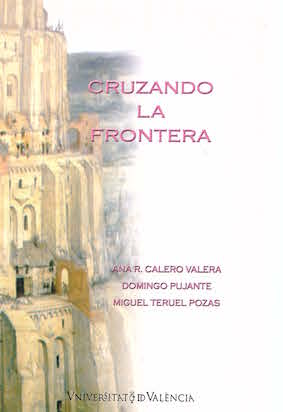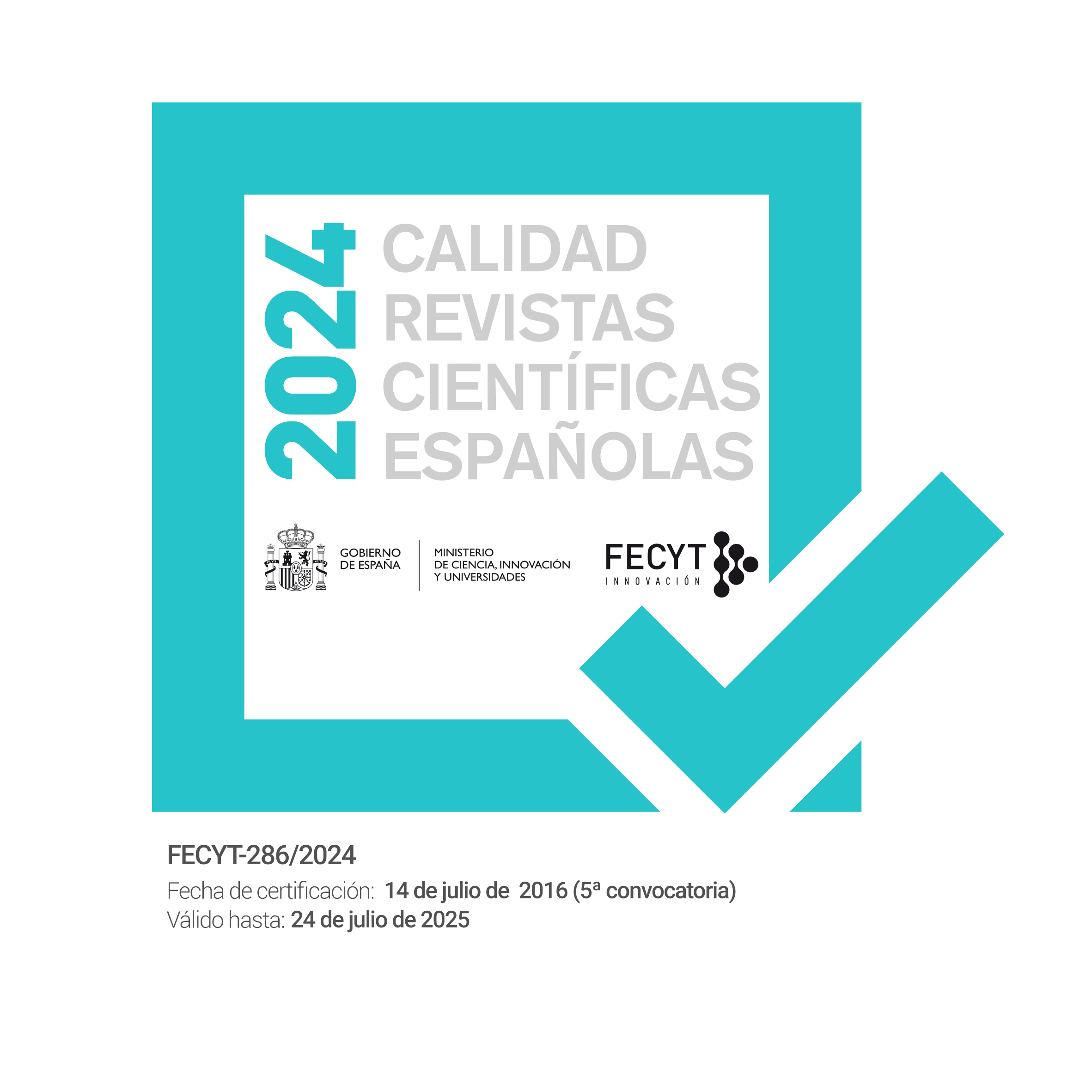‘Home? Where’s that?’ Identitat fragmentada a la frontera dels Estats Units d’Amèrica
DOI:
https://doi.org/10.7203/qf-elit.v12i0.5038Keywords:
frontier, hybrid, fragmentation, insterstice Abstract
Abstract
A border is a dividing line, a traditionally forgotten space, the place where whoever is not included within the socially accepted definition of the “normal” can be found. In the United States of America, a country of cultural Anglo-saxon domination, Latino women or women of Latino heritage are doubly marginalised. Firstly, because they live in a space dominated by a patriarchal system, the “barrio”; and secondly, because they are also inhabitants of racist North America. Their role is, therefore, to stand as bridges between two worlds. Thus, Latinas write about their experience and the experience of their community from this intersticial space that becomes now a space of cultural richness, hibridization and mestisage.
 Downloads
Downloads
Downloads
Published
How to Cite
-
Abstract141
-
PDF (Español)95
Issue
Section
License
 Este obra está bajo una licencia de Creative Commons Reconocimiento-NoComercial-SinObraDerivada 4.0 Internacional.
Este obra está bajo una licencia de Creative Commons Reconocimiento-NoComercial-SinObraDerivada 4.0 Internacional.
Authors who publish with this journal agree to the following terms:
- Authors retain copyright and grant the journal right of first publication with the work simultaneously licensed under a Creative Commons Attribution License that allows others to share the work with an acknowledgement of the work's authorship and initial publication in this journal.
- Authors are able to enter into separate, additional contractual arrangements for the non-exclusive distribution of the journal's published version of the work (e.g., post it to an institutional repository or publish it in a book), with an acknowledgement of its initial publication in this journal.
- Authors are permitted and encouraged to post their work online (e.g., in institutional repositories or on their website) prior to and during the submission process, as it can lead to productive exchanges, as well as earlier and greater citation of published work (See The Effect of Open Access).




